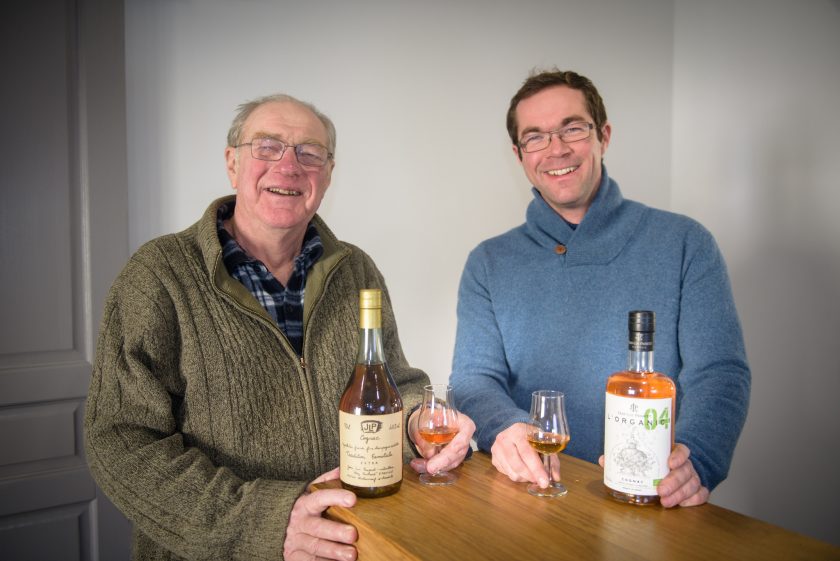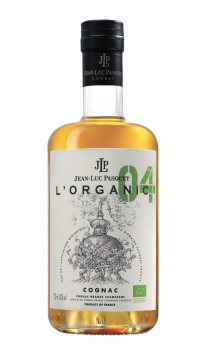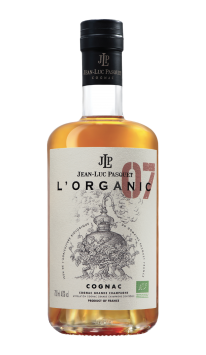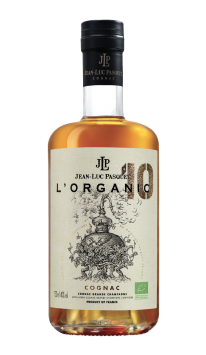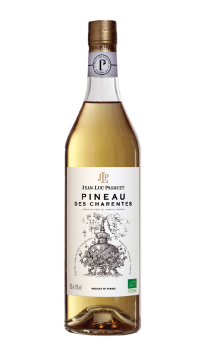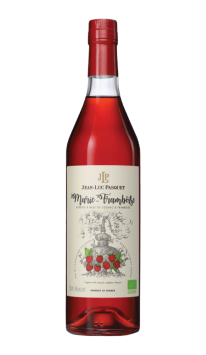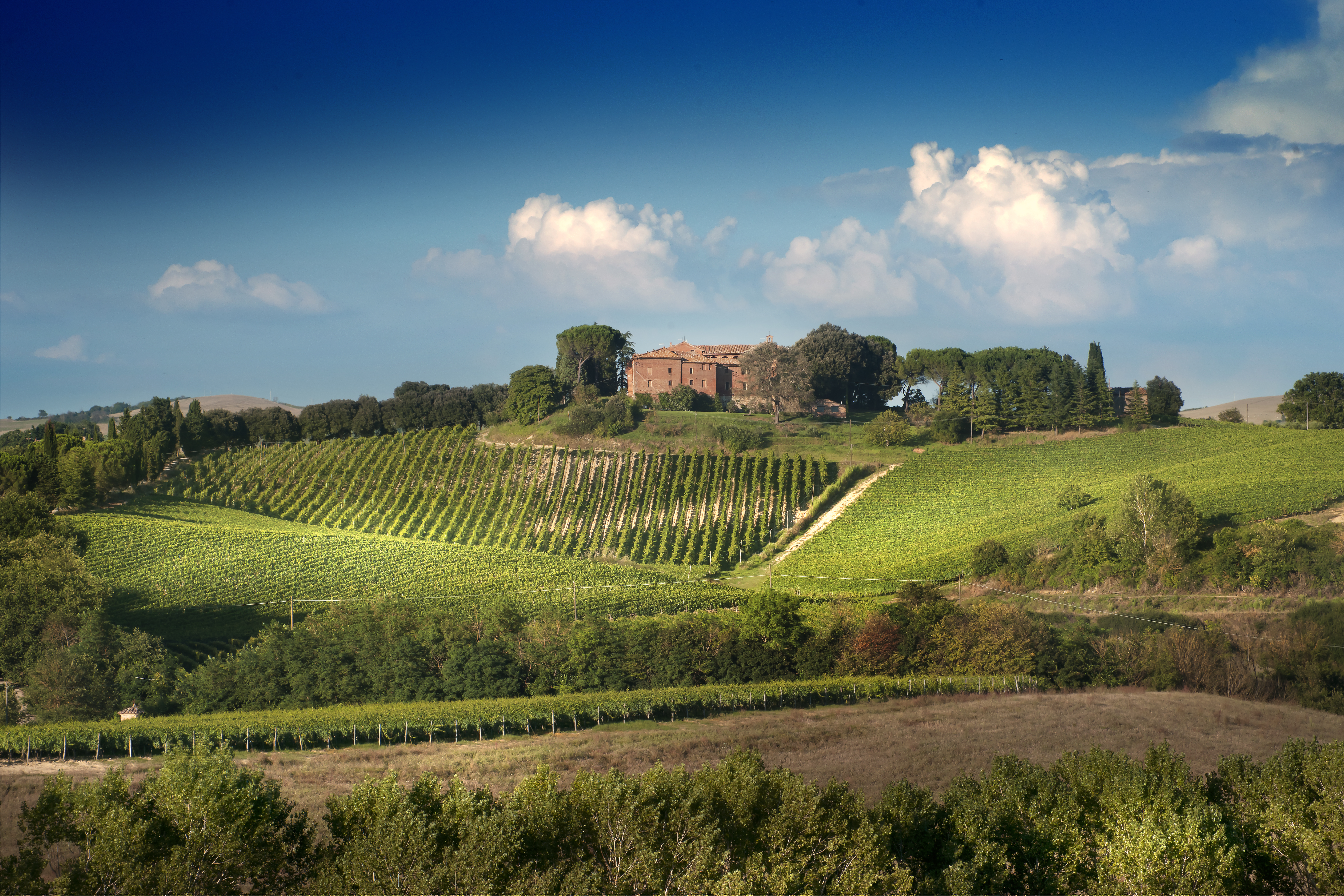THE SUSTAINABILITY IN SPIRITS SERIES
This is our eighth installment in a series that defines sustainability in spirits and shares some selections from our very own spirits portfolio.
PART I
Square One Organic Spirits
Today we’re excited to share the story of. . .
*drumroll*
Jean-Luc Pasquet
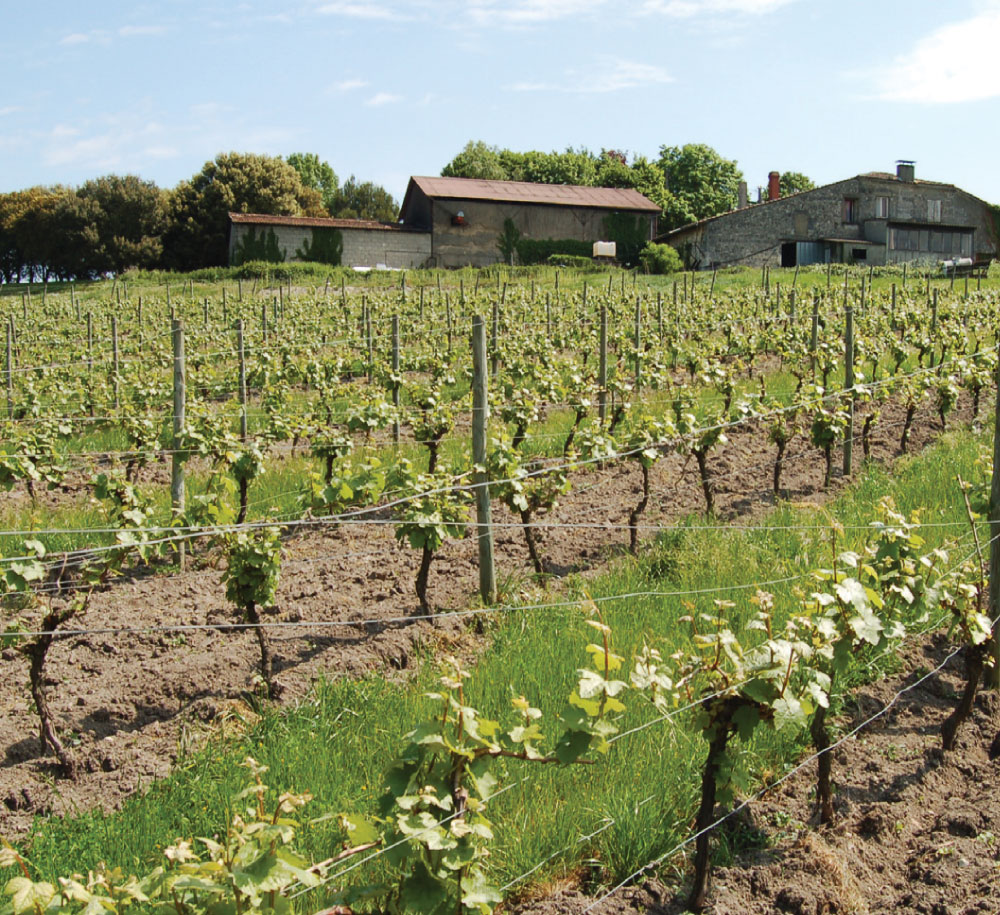 Though their EU certified organic practices have been underway since 1995, the Pasquet family has been producing top-notch cognac from Grand Champagne since 1924 on vineyards dating all the way back to 1730.
Though their EU certified organic practices have been underway since 1995, the Pasquet family has been producing top-notch cognac from Grand Champagne since 1924 on vineyards dating all the way back to 1730.
In keeping with their long standing organic practices, the Pasquet’s use preventative methods such as copper and sulfur to prevent the growth of mold and mildew on their grapes. To reinforce the plants’ natural immune system, infusions of stinging nettle, weeping willow and horsetail are used regularly as organisms in a monoculture that is especially prone to illness. Natural fertilizer is created with the planting of fava beans between the rows of vines. The beans convert nitrogen from the air to the soil which is then consumed by the vines and reduces the need for intensive chemical fertilizer use.
The Grande Champagne region is densely packed with vineyards, leaving little room for livestock farming. Pasquet is fortunate to be located next to the last bovine farm in the premier cru, and has created a symbiotic relationship with their neighbors. They compost cow manure with the grape-pressing remnants for added soil health by replacing lost nutrients such as phosphorous and potassium and increase the soil’s structure and moisture-retaining ability. The hyper-local fertilizer is also said to preserve the terroir of the soil, which no doubt finds itself into the final product.
As with wine production, a key component in the terroir makeup is the yeast used in fermentation. Instead of commercial yeast, every harvest season Pasquet makes their own indigenous “pied de cuve” (starter yeast) from the skins of the grapes on each plot of vines. The yeast colonies are different according to grape variety, soil, and weather– differing from year to year and plot to plot as such. Though this is not an organic requirement, it is one Pasquet values highly in the their practices and is seen less often in the production of cognac. Yeast not only has its own set of flavors, but it affects the grape’s primary flavors as well, helping to determine what we perceive in our snifter.
To experience the Pasquet way of life, check out their bright and vibrant L’Organic 04. Or if you’re going for a splurge, try and find their Rare XO (25 yrs+) that’s packed with ‘rancio’ and a hauntingly decadent finish.
Cognac Grande Champagne ‘L’Organic 04’, Pasquet
Pale gold and straw hue. Vibrant, fresh aromas of dried flowers, ripe pear, ripe apricot, and orange zest. A very soft palate entry builds to a full, round, and rich mouthfeel, delivering bright, fresh flavors of ripe stone fruits, dried figs, honey, cloves, and cinnamon. This spirit has a very gentle warmth and excellent balance with a long, drying aftertaste of dried fruit and cedar wood. 40% ABV
Cognac Grande Champagne ‘L’Organic 07’, Pasquet
The aroma of this 7-year-old cognac reveals scents of ripe apricot, dried fig, cedar-wood, and vanilla, with a trace of dark chocolate lingering beneath. A silky, soft palate-entry delivers a luscious mouthfeel offering semi-sweet flavors of stewed apricot, vanilla, and spice. The finish is dry with subtle yet long notes of cedar and oak, dried fig, and crème brûlée. 40% ABV
Cognac Grande Champagne ‘L’Organic 10’, Pasquet
The generous aroma of this cognac offers up scents of fig, cinnamon, and vanilla. A second pass reveals raisins, hints of cedar, and dried flowers. The bouquet follows through to an elegant, middle-weighted profile of dried fig with hints of nougat and a pantry of sweet spices with a drying finish. This is a lovely cognac that’s light on its feet. 40% ABV
The story goes: a winemaker put some grape juice into a barrel, with the intention of making wine. What he didn’t know was that the barrel was already housing some brandy. Thus, the grape juice never fermented, instead oxidizing and marrying with the aging brandy. Pasquet’s Pineau de Charentes is high in acid, appropriately sweet, and wonderfully oxidative in nature. Enjoy on the rocks, with a twist, or with a splash of something sparkling. 18% ABV
Aperitif, ‘Marie-Framboise’, Pasquet
A blend of Cognac, unfermented grape juice, and fresh raspberries, this refreshing and flamboyant apéritif was invented by Jean-Luc himself and named after his lovely wife. Marie Framboise is refreshing, playful, and practically a ready-made cocktail! 16% ABV




